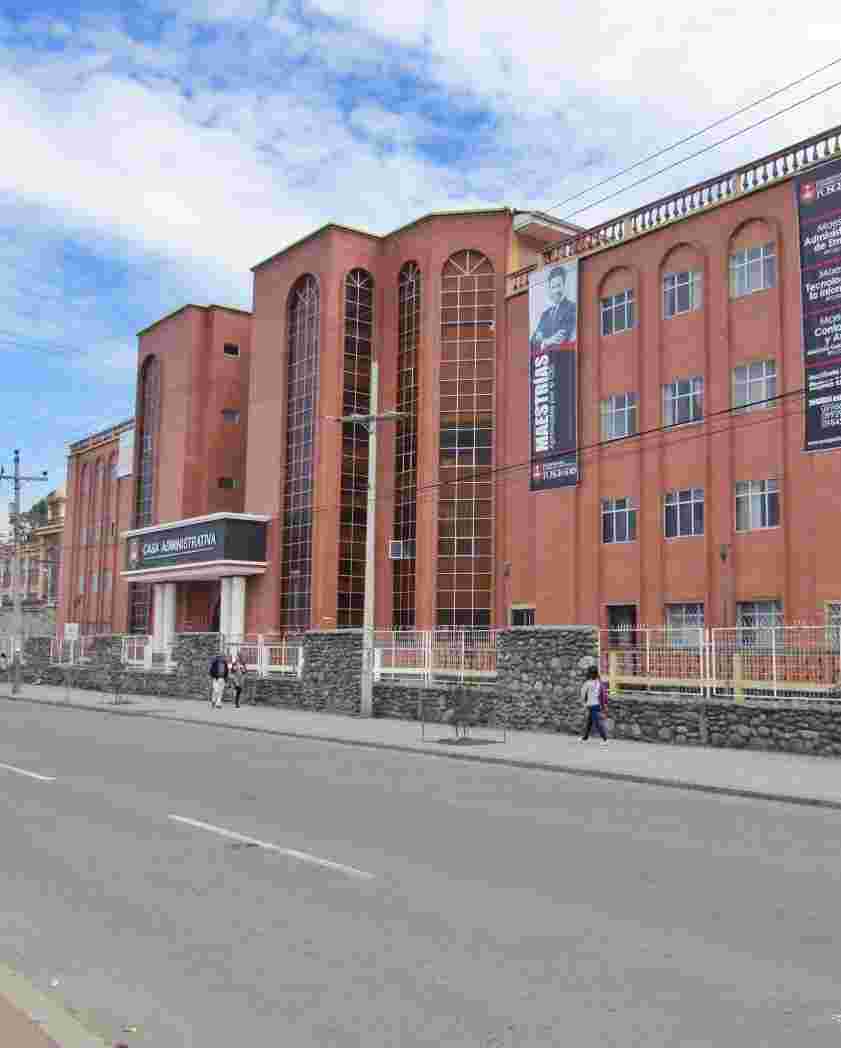Carcinoma epidermoide del esófago: reporte de caso
| dc.contributor.advisor | López Tinitana, Juan Guillermo | |
| dc.contributor.author | Ordóñez Palacios , Pedro José | |
| dc.contributor.cedula | 0107411290 | |
| dc.coverage | Cuenca - Ecuador | |
| dc.date.accessioned | 2025-10-27T17:26:44Z | |
| dc.date.available | 2025-10-27T17:26:44Z | |
| dc.date.issued | 2025 | |
| dc.description | El carcinoma epidermoide del esófago es el noveno tumor maligno en el mundo. Conforma la sexta causa más común de mortalidad en relación al cáncer del tubo digestivo. El cáncer de esófago se divide en dos tipos histológicos, con características propias, la displasia o carcinoma, siendo el carcinoma epidermoide la patología predominante. Su diagnóstico se realiza a través de exámenes de histopatología y tomografía con contraste que permite diferenciar características importantes como el tamaño de la masa y en algunos casos fistulación. Se presenta el caso de una paciente femenina de 45 años, con discapacidad intelectual de 82%. Además, exéresis de masa inguinal hace 1 año y 6 meses y gastrostomía hace 2 meses para alimentación. Antecedentes familiares, padre con cáncer de vejiga y madre con cáncer de estómago. Paciente acude a consulta por presencia de masa en el cuello. Estudio de extensión por tomografía contrastada de cuello y tórax evidencia neoplasia sólida ligeramente vascularizada probablemente dependiente de esófago, además, mediante fistulografía se identifica fístula cutánea. Actualmente se encuentra en tratamiento con quimioterapia con buena tolerancia. El diagnóstico principal del carcinoma epidermoide de esófago se realiza mediante histopatología, sin embargo, la tomografía por contraste es una técnica de gran importancia ya que es una herramienta que nos permite diferenciar las características de amplitud, tamaño y posible diseminación de la neoplasia. | |
| dc.description.abstract | Esophageal squamous cell carcinoma is the ninth most common malignant tumor worldwide and the sixth most common cause of mortality related to gastrointestinal cancer. Esophageal cancer is divided into two histological types, dysplasia or carcinoma, with squamous cell carcinoma being the predominant pathology. Diagnosis is made through histopathology and contrast-enhanced tomography, which allows differentiation of important characteristics such as tumor size and, in some cases, fistula formation. This study presents a case of a 45-year-old female patient with an 82% intellectual disability. Her medical history includes excision of an inguinal mass 1 year and 6 months ago and a gastrostomy performed 2 months ago for feeding. Family history includes a father with bladder cancer and a mother with stomach cancer. The patient presented to consultation due to the presence of a mass in the neck. A contrast-enhanced tomography extension study of the neck and thorax evidenced a slightly vascularized solid neoplasm, likely dependent on the esophagus. Additionally, a fistulography identified a cutaneous fistula. The patient is currently undergoing chemotherapy treatment with good tolerance. The main diagnosis of esophageal squamous cell carcinoma is made by histopathology; however, contrast-enhanced tomography is a highly important technique as a tool that allows the differentiation of the characteristics of the neoplasm's extent, size, and potential dissemination. | |
| dc.description.uri | Tesis | |
| dc.format | application/pdf | |
| dc.format.extent | 28 páginas | |
| dc.identifier.citation | VANCUOVER: Ordóñez P. Carcinoma epidermoide del esófago: reporte de caso. Médico. Cuenca-Ecuador. Universidad Católica de Cuenca. 2025. [citado el DIA de MES de AÑO]. Disponible en: (dirección url en donde está el documento) | |
| dc.identifier.other | 9BT2025-MTI142 | |
| dc.identifier.uri | https://dspace.ucacue.edu.ec/handle/ucacue/20904 | |
| dc.language.iso | spa | |
| dc.publisher | Universidad Católica de Cuenca. | es_ES |
| dc.rights | info:eu-repo/semantics/openAccess | es_ES |
| dc.rights | Atribución 4.0 Internacional | es_ES |
| dc.rights.uri | http://creativecommons.org/licenses/by/4.0/deed.es | es_ES |
| dc.source | Universidad Católica de Cuenca | es_ES |
| dc.source | Repositorio Institucional - UCACUE | es_ES |
| dc.subject | CARCINOMA DE CÉLULAS ESCAMOSAS DE ESÓFAGO, FÍSTULA, DIAGNÓSTICO, TRATAMIENTO | |
| dc.subject | ESOPHAGEAL SQUAMOUS CELL CARCINOMA, FISTULA, DIAGNOSIS, TREATMENT | |
| dc.title | Carcinoma epidermoide del esófago: reporte de caso | |
| dc.type | info:eu-repo/semantics/bachelorThesis | |
| thesis.degree.discipline | Salud y bienestar | |
| thesis.degree.grantor | Universidad Católica de Cuenca. Unidad Académica de Salud y Bienestar. Medicina | |
| thesis.degree.level | Título Profesional | |
| thesis.degree.name | Médico | |
| thesis.degree.program | Prescencial |
Archivos
Bloque original
1 - 1 de 1
Cargando...
- Nombre:
- Trabajo de titulacion sin consentimiento. ORDOÑEZ PALACIOS PEDRO JOSE .pdf
- Tamaño:
- 1.04 MB
- Formato:
- Adobe Portable Document Format
Bloque de licencias
1 - 1 de 1
Cargando...
- Nombre:
- license.txt
- Tamaño:
- 1.27 KB
- Formato:
- Item-specific license agreed upon to submission
- Descripción:




